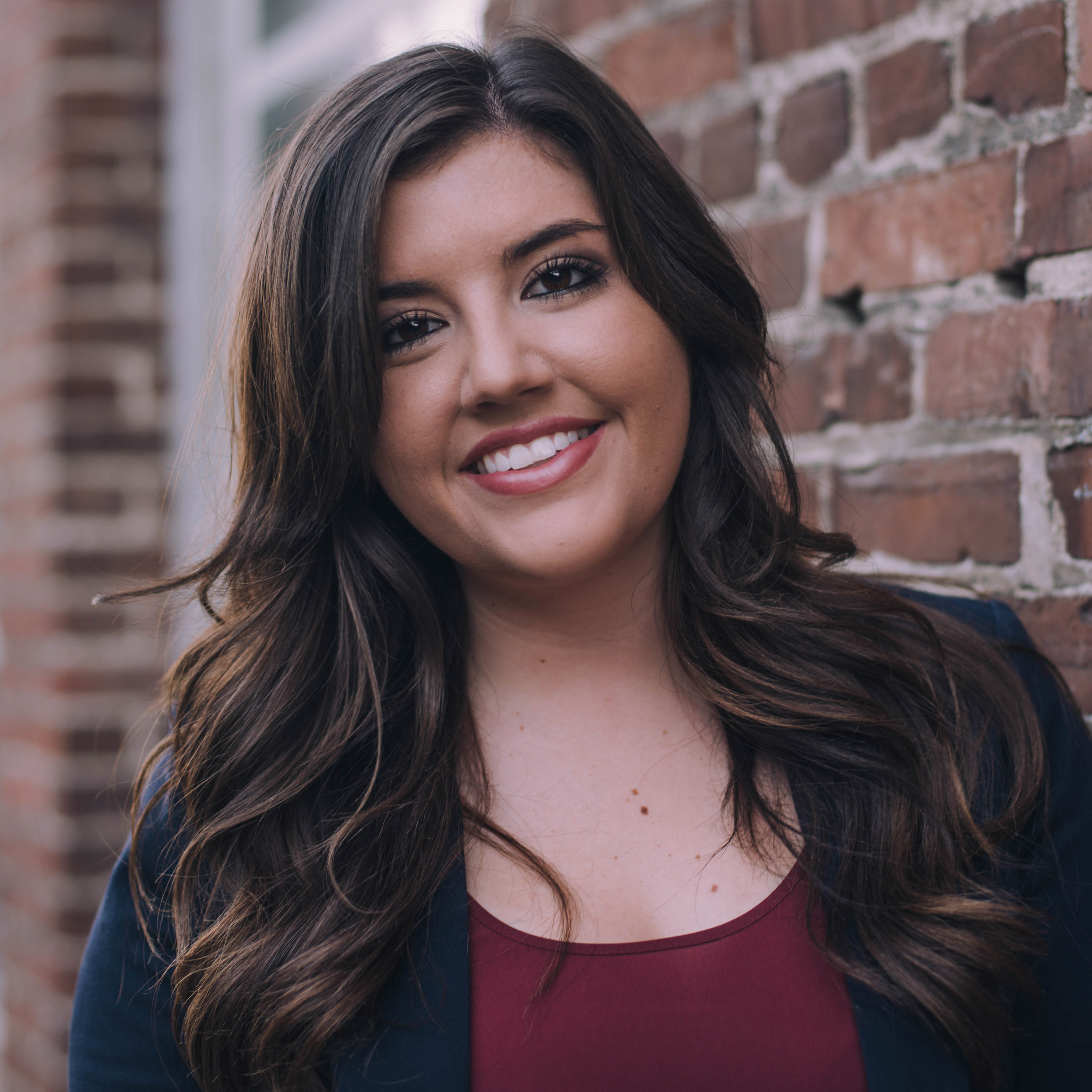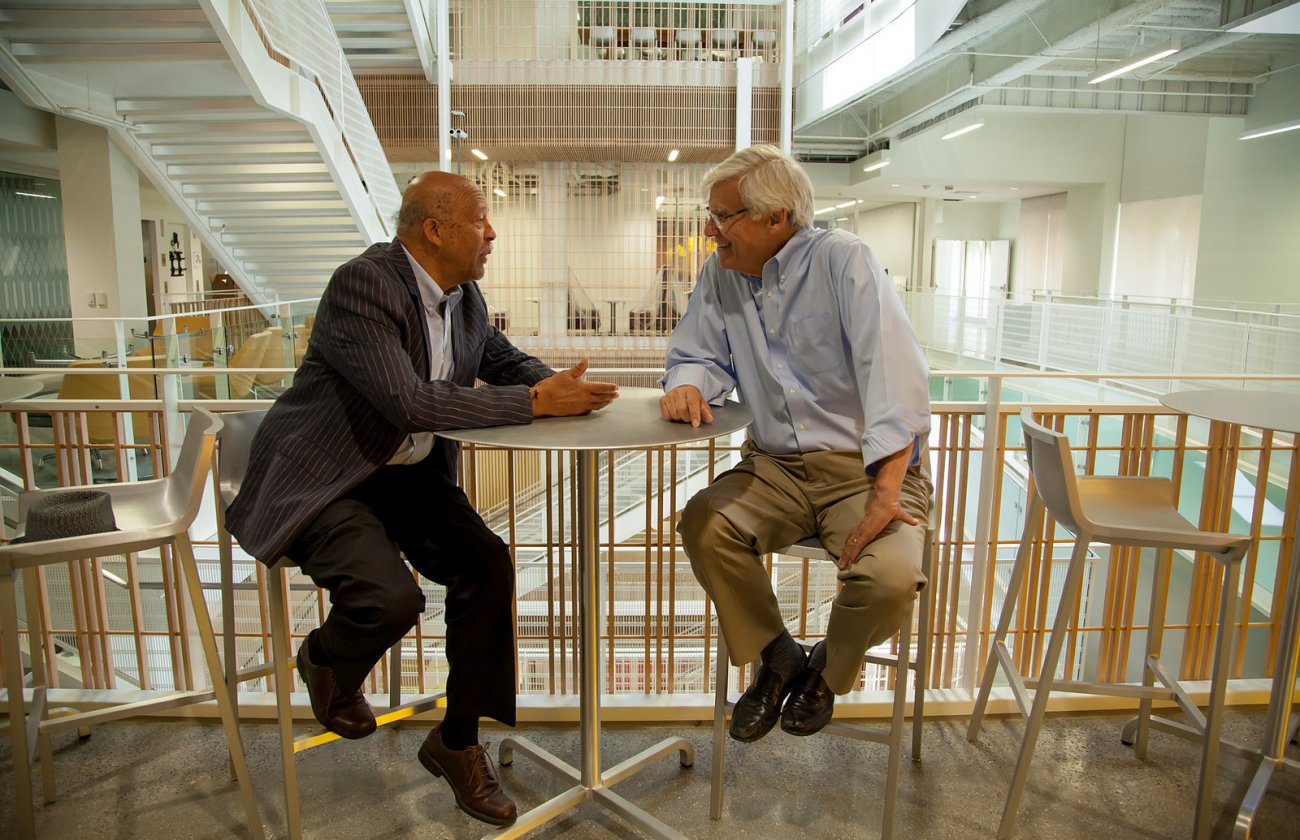At USC Annenberg, we don’t just cover the news, we make it. “Quoted: USC Annenberg in the News” gathers a selection of the week’s news stories featuring and written by Annenberg’s leaders, faculty, staff and others.
'Billy on the Street' accuses Burger King of stealing his act for its ad
Karen North – director of Annenberg’s Digital Social Media program – was featured in a “Today Show” story about comedian Billy Eichner’s frustration with Burger King for imitating his Funny or Die segment “Billy on the Street” in their latest ad. Eichner has been using Twitter to denounce the ad – and his fans are following suit.
“Because he’s such a huge influencer, his followers can take up his cause and just turn this into a huge circus,” North said.
San Francisco’s Already Got a World Series Winner: Tourism
KQED quoted Annenberg Professor Dan Durbin in a story about how the recent success of sports teams in San Francisco and the surrounding cities has “turned the entire region into a national sports media draw.”
“As with TV networks, being an important sports city brings significant cachet in terms of cultural relevance and national and international prestige for that city,” Durbin said. “That cachet leads to growing tourism, sales of sports collectibles, and clothing bearing the name of the city.”
Durbin is also the director of the Annenberg Institute of Sports, Media & Society.
PGA Developing ‘Toolkit’ of Data to Combat ‘Myths’ About Female-Driven Films
Stacy Smith – Annenberg professor and director of USC Annenberg’s Media, Diversity & Social Change Initiative – was quoted in a story by Variety about a panel she spoke on at the Producers Guild of America’s Produced By conference in New York.
She discussed her research, which found that female filmmakers have difficulty securing outside financing for their projects, facing what Smith called a “fiscal cliff.”
“When money moves in, women are pushed out. They’re kept from really important decision-making roles that can change what we see on screen,” Smith said, adding that her research shows that women are seen as less capable than men in leading a film crew.
"Deadline" also included Smith in their story on the panel.
Counterterrorism Messaging Needs To Move From State to CIA
Professor Philip Seib wrote an Op-Ed for Defense One about why the U.S. government’s anti-ISIL video content should be done by the CIA, rather than the State Department.
He argued that the State Department has “too little money and too few people,” in addition to having to identify content as coming from the U.S. government. If the CIA were to take over, the rules would be different, Seib said. “A much more effective approach to combat their message would be a bare-knuckles operation: no disclaimers and a product that matches up better against the videos coming from Al Hayat, ISIL’s video production arm."
He argued that now is not the time for gradual development.
“ISIL must be hit and hit hard, on the battlefield and in the fight for public opinion,” Seib wrote. “The CIA can deliver such blows most effectively. The decision belongs to the White House, and it should move forward promptly.”
Google Glass class taught at USC Annenberg
Professor Robert Hernandez was featured in a USA TODAY story about the Google Glass class he teaches at USC Annenberg. Hernandez described Google Glass as a revolutionary device that will influence the way his students perceive any story regardless of its shape or form. He added that that is the premise of his class.
“I can build a culture in a building or an office where people are attracted to ‘nerding’ out together, ‘geeking’ out together, and build something together and coming at it from different backgrounds," Hernandez said.
Arts organizations are hiring pros to tell their stories
Professor Gabriel Kahn was quoted in The Washington Post in a story about art groups that are choosing to publish their own news with in-house journalists.
As cuts are being made in newspapers and other media outlets, art organization stories are reaching fewer readers. This is why organizations like the Baltimore Symphony Orchestra and the Chicago Symphony Orchestra are hiring journalists to tell their stories and, by doing so, they are redefining the rules of engagement with its audience.
“I see a flowering of high-quality journalism content coming from organizations that aren’t first and foremost journalism organizations,” Kahn said. “Arts organizations are understanding that there is value in supporting arts journalism because it helps people understand and value the artifacts of that industry.”









